Virtual Try-On for Fashion Ecommerce: Try Before You Buy
What is AI Fashion? History, Evolution, Benefits & More
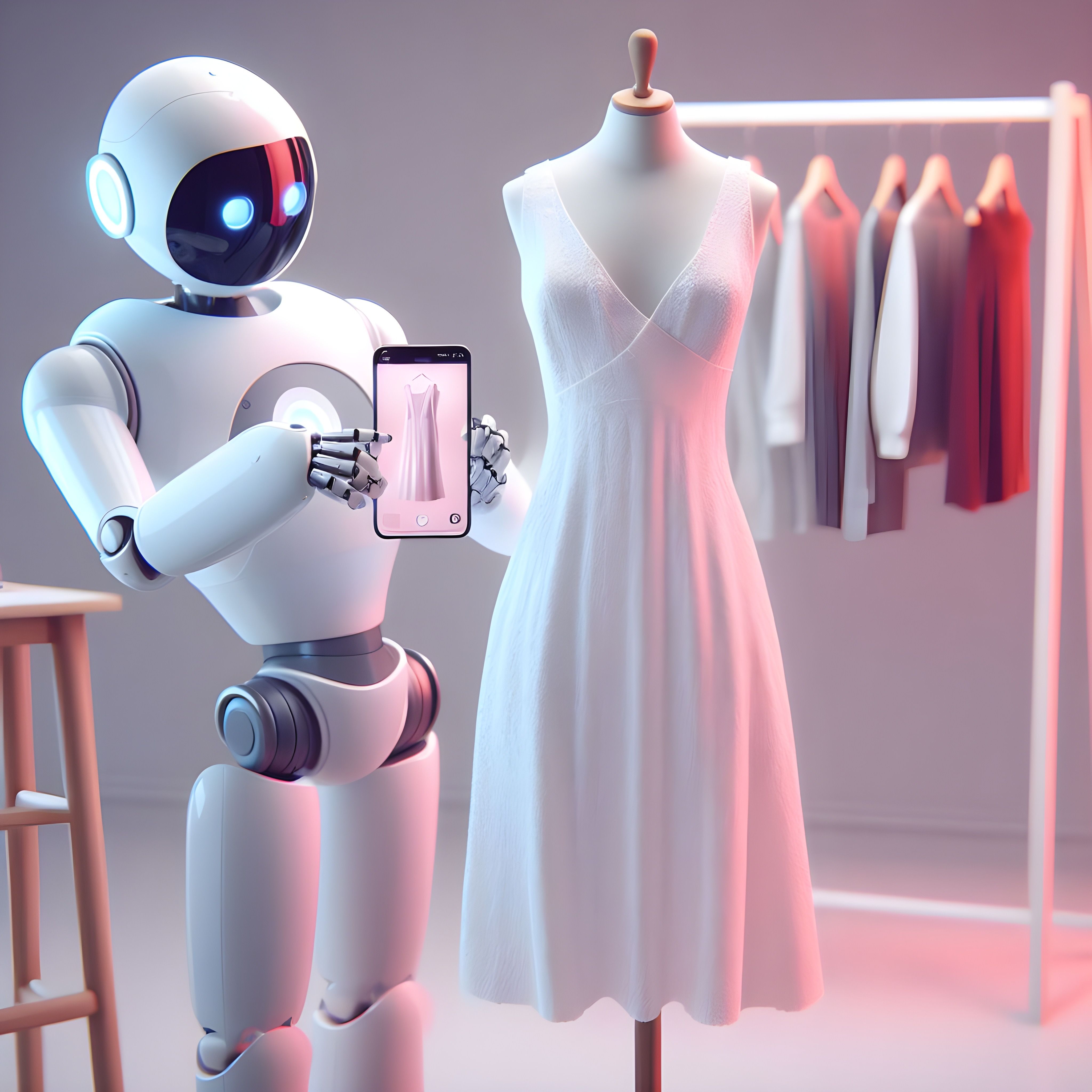

TL;DR
AI fashion blends artificial intelligence with style and shopping. From e-commerce recs to generative AI design, it now powers personalized outfits, AI shopping apps, and smarter retail. It’s transforming how consumers, designers, and brands create and shop—paving the way for sustainable, inclusive, and digital-first style.
Artificial intelligence has changed how we live, work, and shop—and now it’s redefining fashion. From AI shopping apps in the USA to predictive style recommendations, fashion is evolving faster than ever.
It isn’t just about algorithms. It’s personalization at scale, creative co-design with generative AI, and new ways to shop smarter. Whether it’s virtual try-ons, capsule wardrobe planning, or AI-powered outfit advice, these tools make fashion more inclusive, sustainable, and accessible.
So, what is AI fashion really? Let’s dive into its meaning, evolution, impact, and future—and why it matters for shoppers, designers, and brands alike.
What Is AI Fashion?
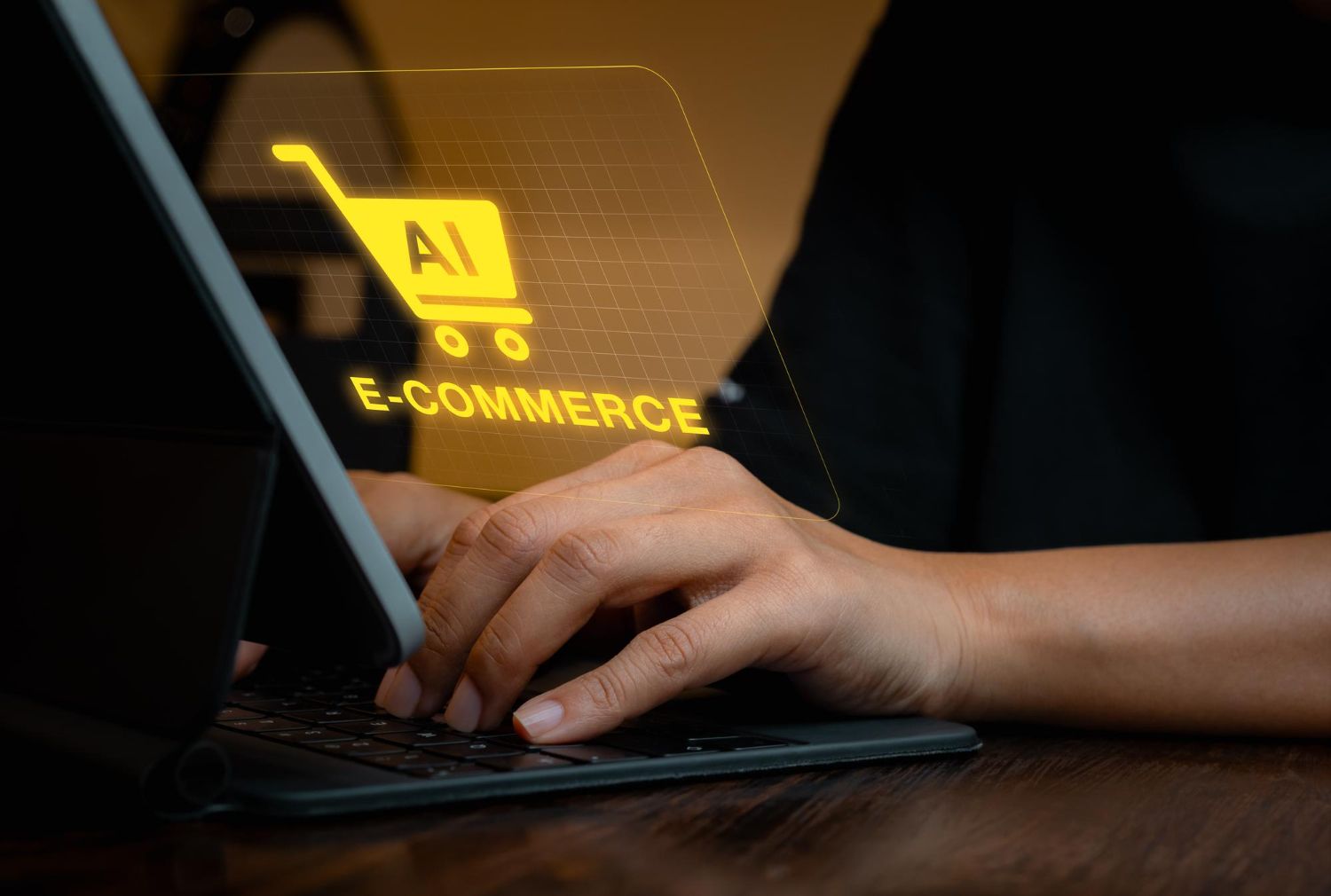
AI fashion refers to the use of artificial intelligence to enhance, personalize, and transform the fashion experience for both consumers and brands. It’s a mix of AI shopping, AI shopping apps, predictive analytics, generative design, and personalization—all aimed at making fashion smarter and more accessible.
The Core of AI Fashion
At its heart, fashion powered with Artificial Intelligence means using machine learning and data-driven systems to:
- Recommend personalized outfits based on body type, preferences, and occasion.
- Enable virtual try-ons so shoppers see how clothes look without stepping into a fitting room.
- Power AI shopping apps that act as digital stylists, closet managers, and trend forecasters.
- Assist designers with generative AI tools to create new silhouettes, prints, and even campaigns.
AI Fashion vs. Traditional Fashion Tech
Unlike older tools like simple filters or recommendation engines, style with AI goes deeper:
- Traditional tech → “Shoppers who bought this also bought that.”
- AI fashion → “Here’s an outfit tailored to your skin tone, climate, body shape, and lifestyle.”
History & Evolution of AI Fashion
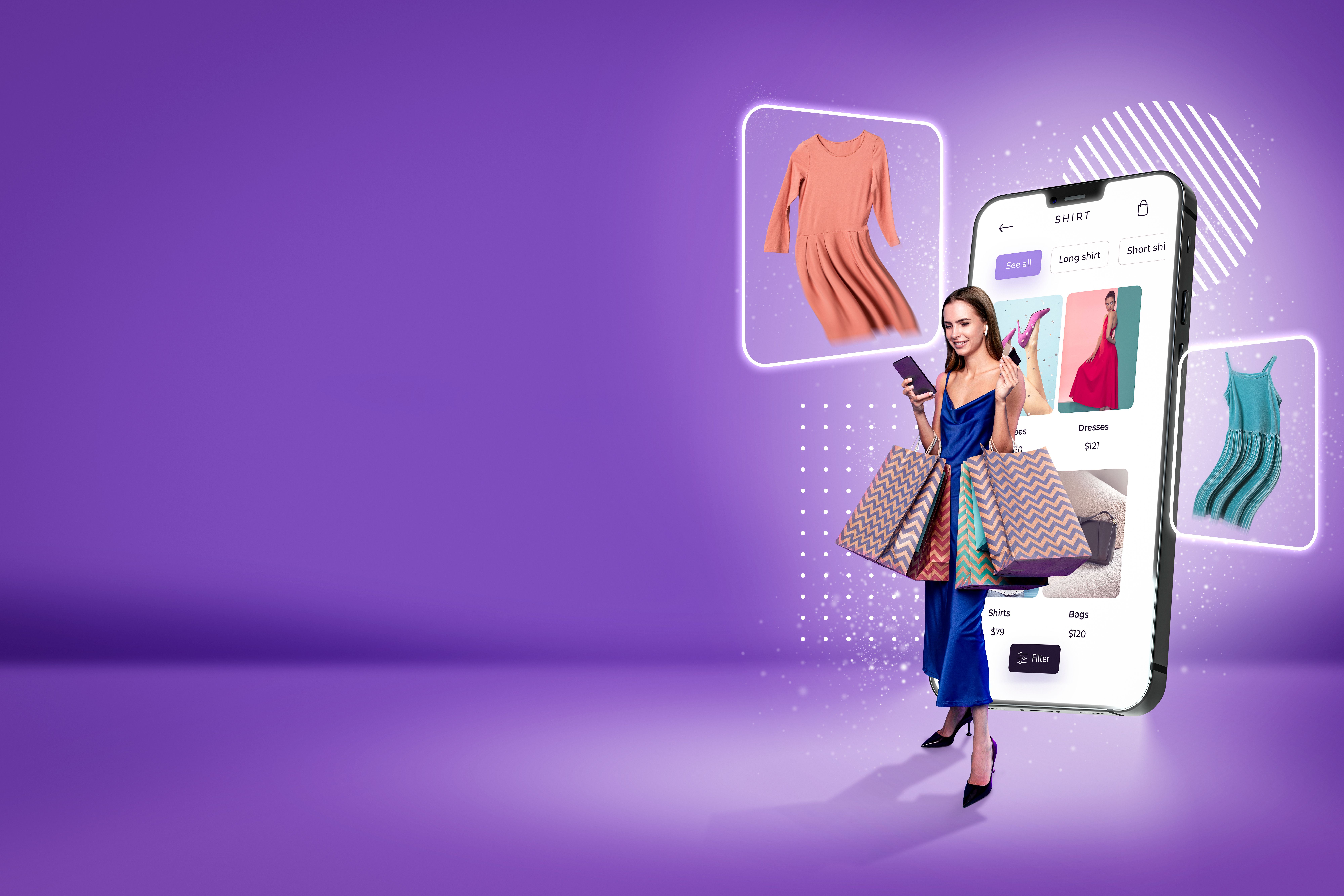
AI styling may feel like a futuristic idea, but its roots go back more than two decades. Here’s how it evolved step by step:
Early 2000s: The E-Commerce Recommendation Era
- Platforms like Amazon and Macy’s pioneered data-driven recommendation engines.
- Shoppers started seeing “Frequently bought together” and “Recommended for you,” laying the foundation for AI-driven personalization.
2010s: Virtual Try-Ons & Smart Shopping Tools
- The rise of virtual fitting rooms and AI shopping assistants changed online retail.
- Brands began experimenting with size-prediction tools to cut down returns.
- Apps for AI shopping in USA emerged, making it easier to discover looks tailored to users.
2020s: The Generative AI Boom
- AI moved from predicting choices to creating look itself.
- Generative AI started designing silhouettes, digital prints, and even full collections.
- AI-powered digital models and avatars began walking in campaigns and virtual runways.
AI on Runways & in Campaigns
- High-fashion houses began experimenting with AI-created marketing visuals.
- Fashion weeks worldwide—including in the USA—started featuring AI as part of collections and storytelling.
What are the Benefits of AI Fashion?
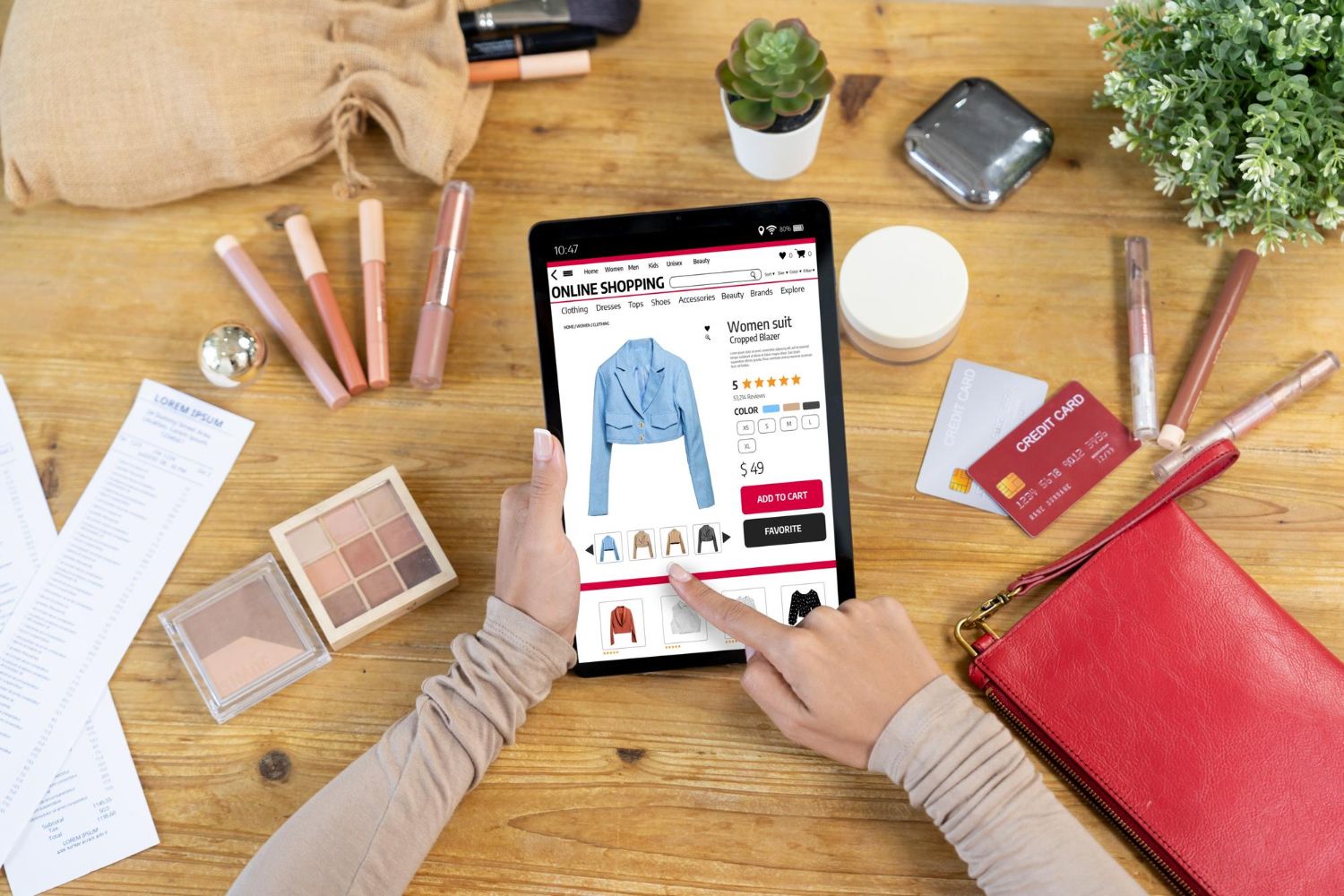
AI styling isn’t just a shiny tech trend—it delivers real, measurable benefits to shoppers, designers, and brands. Here’s how:
1. Personalization at Scale
It thrives on hyper-personalization. Instead of one-size-fits-all, it tailors recommendations based on body type, skin tone, lifestyle, and even local climate. That’s why AI shopping apps in the USA are quickly replacing generic e-commerce filters.
- Example: Instead of showing every white shirt, AI narrows it down to the one that matches your fit, vibe, and event.
2. Smarter Shopping Journeys
With AI shopping in the USA, platforms use predictive analytics to anticipate what shoppers need next—whether it’s a concert outfit, a brunch look, or a capsule wardrobe refresh. The result? Less time browsing, more time enjoying.
3. Efficiency for Fashion Retailers
AI doesn’t just help consumers—it optimizes back-end operations. Retailers use it for:
- Inventory forecasting (knowing which styles will trend).
- AI-powered chatbots and assistants (boosting customer service).
- Reducing returns by offering better size predictions.
4. Driving Sustainability
Fashion waste is a $500 billion global problem. AI fashion helps cut down on it by:
- Using demand forecasting to avoid overproduction.
- Powering resale and recycling platforms.
- Suggesting capsule wardrobes that reduce fast-fashion overbuying.
5. Creativity Unleashed
Generative AI expands what’s possible for designers. It can co-create prints, textures, or even runway-ready designs in hours. This frees designers to focus on storytelling while AI handles the technical grind.
Impact of AI Fashion on Consumers, Designers, Retailers & Society
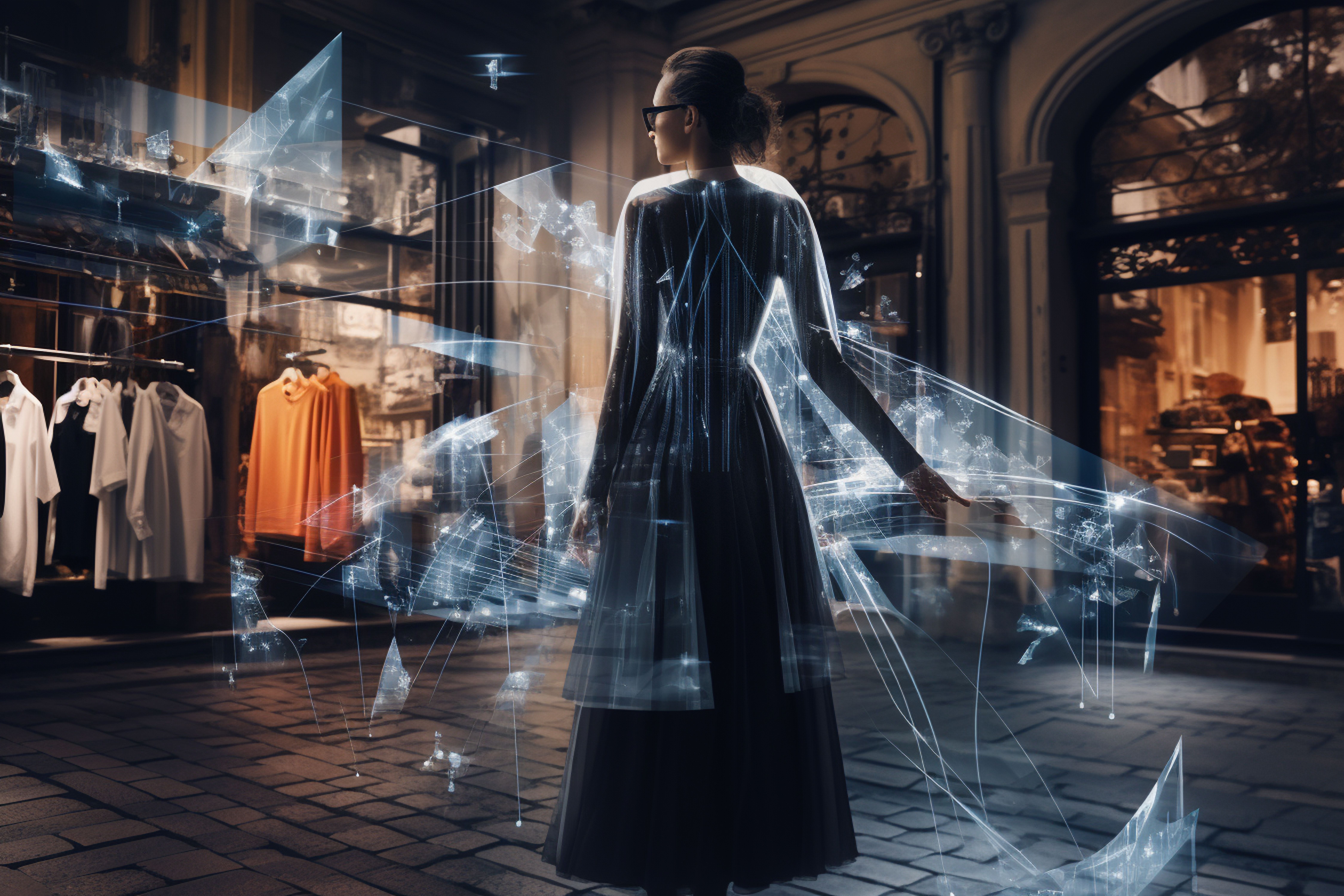
AI fashion isn’t just changing how we shop—it’s transforming the entire fashion ecosystem.
Impact on Consumers
Shoppers now experience hyper-personalized journeys powered by AI shopping apps. Instead of scrolling endlessly, they get curated outfit suggestions that match their taste and budget. In the USA, this means shopping smarter, faster, and with more confidence.
Impact on Designers
Designers are no longer working in isolation. With generative AI tools, they can co-create patterns, explore new silhouettes, or even test designs digitally before fabric is cut. This democratizes creativity, making it accessible beyond elite fashion houses.
Impact on Retailers
For retailers, AI fashion means stronger sales funnels. AI shopping assistants act as round-the-clock stylists, reducing cart abandonment and boosting conversion rates. Retailers using AI report:
- Higher engagement.
- More accurate demand predictions.
- Lower return rates.
Impact on Society
AI fashion has bigger cultural implications too:
- Inclusivity: AI tools can represent diverse body types, skin tones, and accessibility needs.
- Democratization: Anyone can get a personal stylist experience through an app.
- Accessibility: Affordable fashion advice once reserved for luxury clients is now at everyone’s fingertips.
Benefits of AI Fashion for You
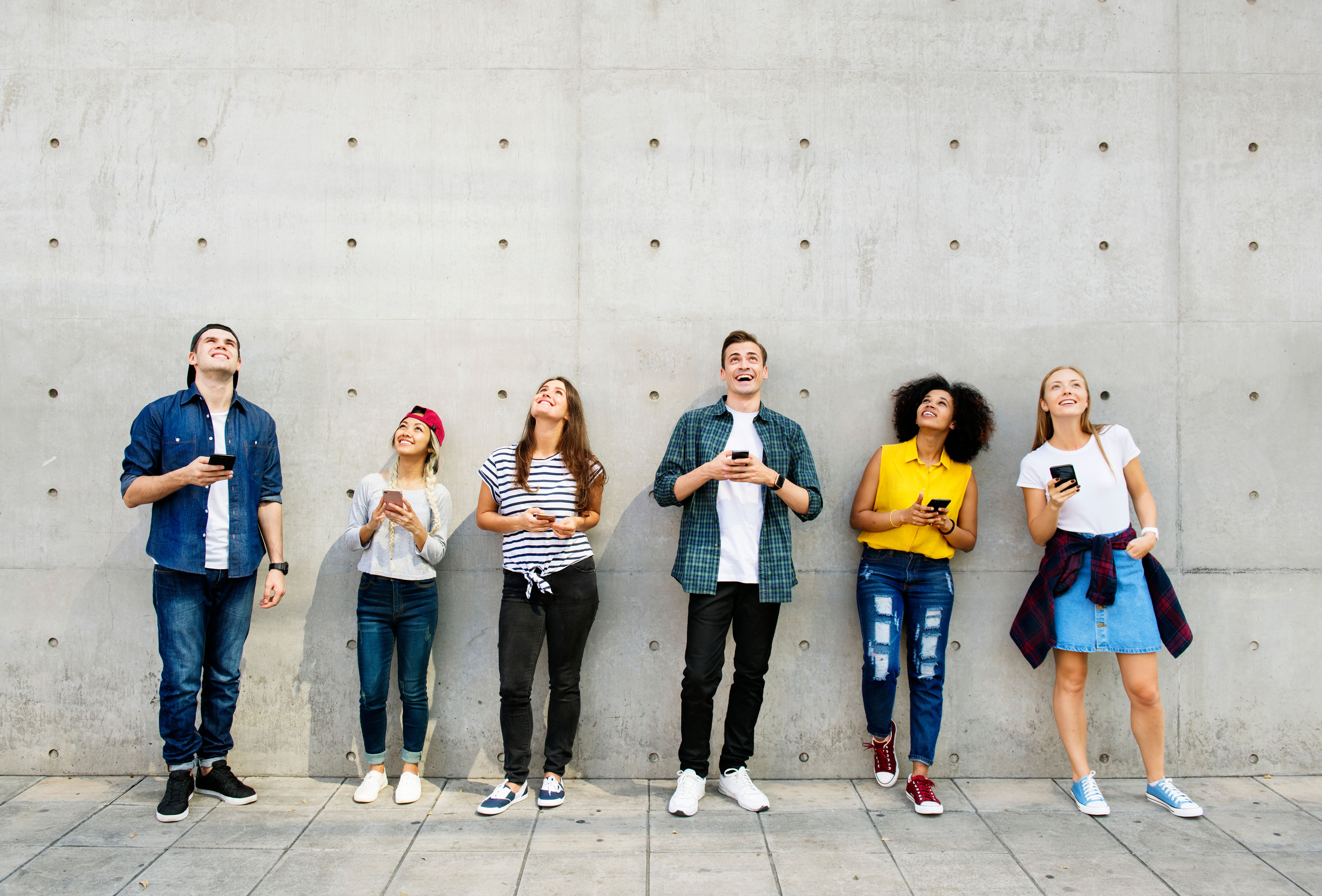
AI styling isn’t just a shiny tech trend—it delivers measurable benefits for shoppers, designers, and brands.
1. Personalization at Scale
AI thrives on hyper-personalization. Instead of one-size-fits-all, it tailors recommendations based on body type, skin tone, lifestyle, and even local climate. That’s why AI shopping apps in the USA are quickly replacing generic e-commerce filters.
And you know what? According to BCG, AI-powered supply chains can increase efficiency by 20-30%, cutting operational costs.
2. Smarter Shopping Journeys
With AI shopping in the USA, platforms use predictive analytics to anticipate what shoppers need—whether it’s a concert outfit, brunch look, or capsule wardrobe refresh. Virtual try-ons and AI-powered recommendations already boost conversion rates by 10–15% and reduce returns, as per Business Insider (2023).
3. Efficiency for Fashion Retailers
AI doesn’t just help consumers—it optimizes back-end operations. Retailers use it for:
- Inventory forecasting to predict demand.
- AI-powered chatbots and assistants to engage shoppers.
- Supply chain automation, which improves efficiency by 20–30% and lowers costs.
4. Driving Sustainability
Fashion waste is a $500 billion global issue. AI helps fight it through:
- Demand forecasting that cuts overproduction.
- Resale platforms powered by AI.
- Capsule wardrobe suggestions that reduce overbuying.
5. Creativity Unleashed
Generative AI expands what’s possible for designers—whether co-creating prints or generating full runway-ready looks. It allows for more experimentation without high costs.
Challenges & Ethical Questions in AI Fashion
While AI shopping apps in the USA and beyond are revolutionizing trends, the industry must also face some tough questions.
Key Challenges of style Powered with AI & Emerging Solutions
Challenge | Why It Matters | Emerging Solutions |
Data Privacy | Shoppers worry about misuse of personal data | Stronger regulations (GDPR, CCPA), transparent policies |
Algorithmic Bias | Excludes diverse body types & cultures | Inclusive datasets, bias audits for AI systems |
Over-reliance on Technology | Risk of suppressing human creativity | Hybrid models combining AI + human design input |
Sustainability Concerns | Could fuel fast fashion cycles | AI for demand forecasting & resale marketplaces |
Future of AI Fashion
The AI fashion market is scaling rapidly, expected to hit $1.77 billion by 2025 with a 40.4% CAGR. What lies ahead?
1. Hyper-Personalized Styling Assistants
Imagine an AI stylist that not only suggests clothes but also curates full outfits for every occasion—from boardroom meetings to music festivals.
2. Virtual Showrooms & AR Try-Ons
The next step beyond online shopping: AI-driven 3D virtual stores where shoppers browse, try, and buy—without leaving home.
3. Sustainable Fashion
With AI-powered supply chains improving efficiency by 20–30%, brands will cut waste, reduce returns, and promote circular look through resale and recycling platforms.
4. AI + Human Creativity
Far from replacing designers, AI will become a co-creator, offering fresh ideas that humans refine. This collaboration promises more inclusive, imaginative, and sustainable trends.
5. Global Democratization of Style
With 75% of fashion employees already using AI for engagement, expect apps for AI shopping in USA and across the world to make premium styling accessible to all—no personal stylist required.
Glance AI: A Pioneer in AI Fashion
As AI continues reshaping the fashion industry, Glance AI stands out as one of the pioneers driving this transformation. Unlike traditional AI shopping tools that stop at recommendations, Glance AI offers a holistic styling experience:
- AI-Powered Outfit Previews: See how outfits look on you before buying.
- Event-Specific Styling: Whether it’s a concert, brunch, or office meeting, Glance AI suggests tailored looks.
- Personalized Shopping Journeys: By understanding your preferences, size, and even mood, Glance AI ensures every suggestion feels unique.
- Sustainability by Design: By reducing returns through better previews, it supports eco-conscious styling.
Glance is not just a shopping app—it’s a style companion, making AI shopping in the USA more accessible, personal, and enjoyable. Download the Glance app and experience the real fashion at your convenience.
Conclusion
AI fashion is no passing trend—it’s a fundamental shift redefining how we design, shop, and experience clothing. From AI shopping apps in the USA to generative AI tools on global runways, technology is helping consumers shop smarter, designers think bigger, and brands operate more sustainably.
Glance AI embodies this future, empowering shoppers with confidence, convenience, and creativity. As AI blends deeper into fashion, the possibilities—from hyper-personal styling to sustainable production—are limitless.
The future of styling isn’t just about fabrics and fits—it’s about intelligence woven into every thread.
FAQs on AI Fashion
Q1. What is AI fashion?
AI fashion refers to the use of artificial intelligence in styling, shopping, and design. It covers everything from AI shopping apps that recommend outfits to generative AI tools that create entirely new fashion designs.
Q2. How is AI shopping in the USA evolving?
The USA is leading with AI shopping apps that offer personalization, virtual try-ons, and supply-chain efficiency. Retailers like Macy’s, Amazon, and newer apps like Glance AI are reshaping the consumer journey.
Q3. Are AI shopping apps safe to use?
Most apps follow strict privacy regulations like GDPR and CCPA. However, users should always review an app’s data policies. Leading apps like Glance AI prioritize transparency and secure personalization.
Q4. How does AI fashion benefit consumers?
It makes shopping more personalized, reduces returns, boosts convenience, and offers creative outfit previews. For example, AI personalization can increase average order values by 35% and improve satisfaction.
Q5. Will AI replace human fashion designers?
No. AI is a collaborator, not a replacement. While it can suggest designs, trends, or fits, human creativity remains central. The future is AI + human designers working together.






